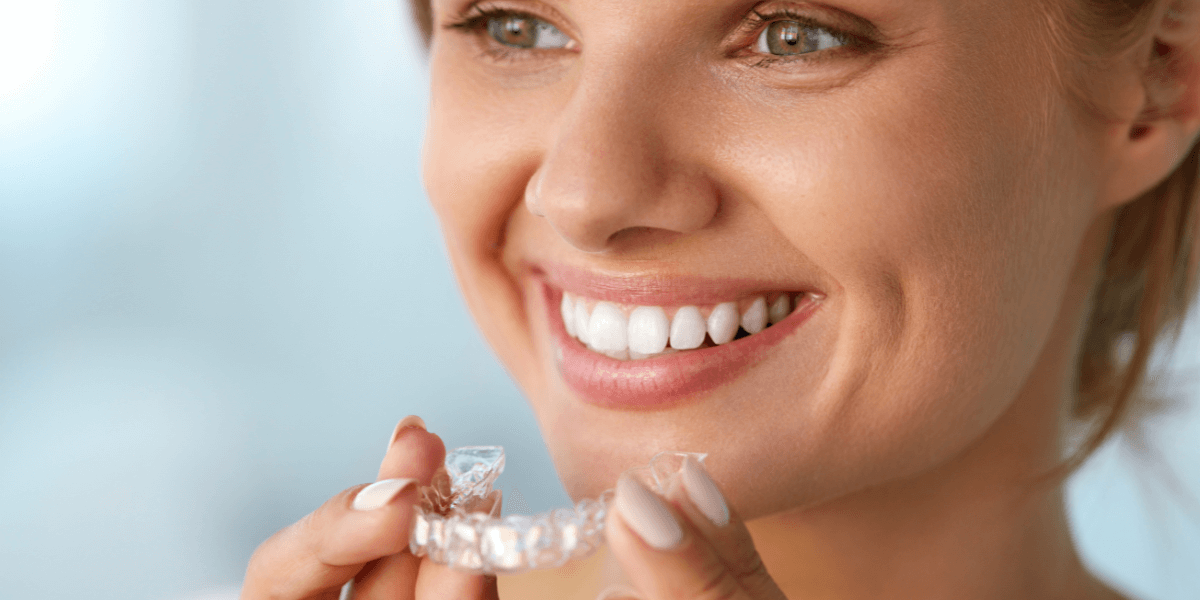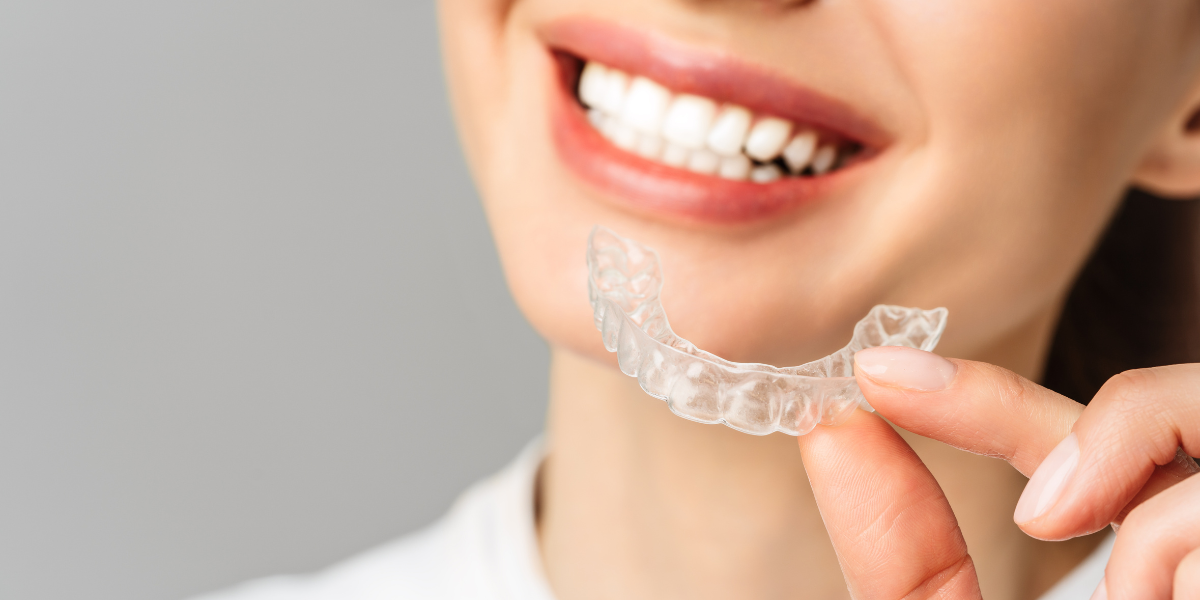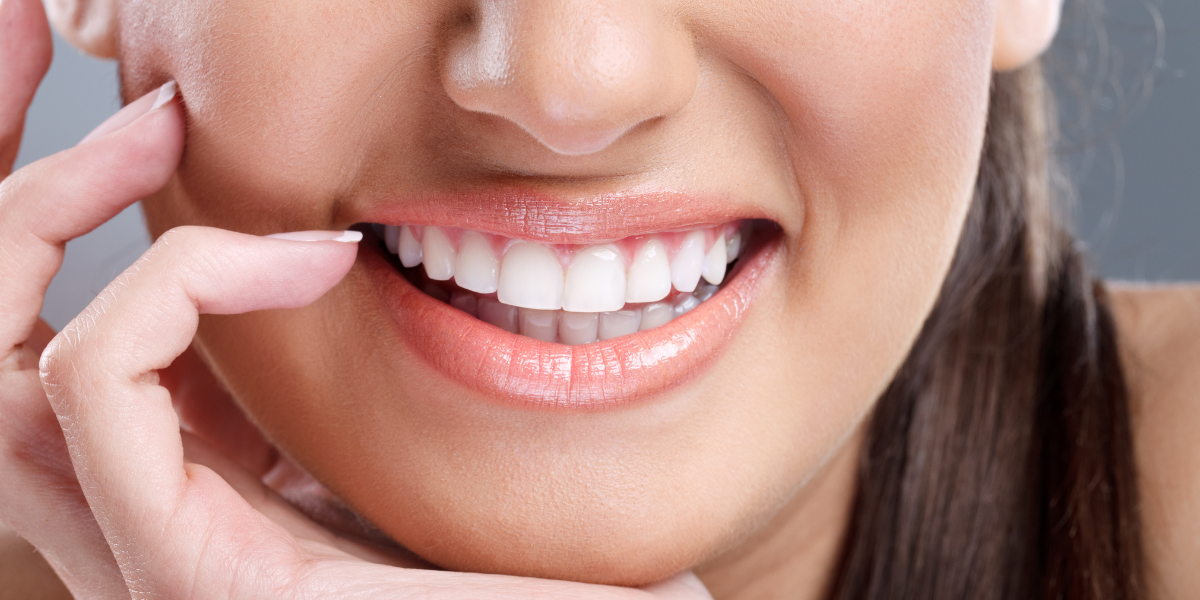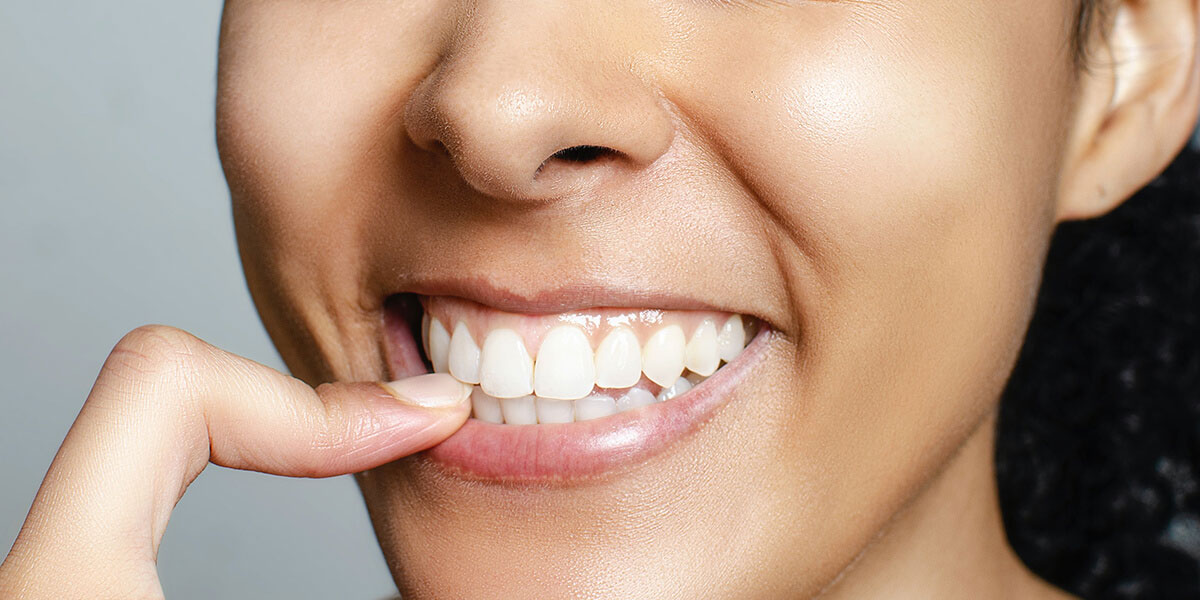
Tooth Whitening Overview
 When someone says “I tried that product and I saw absolutely no shade change. It didn’t work!” in most cases (no matter the brand) it’s not that the whitening (bleaching) agent didn’t work. It’s more likely a combination of a less than satisfactory device to hold the whitening agent to the tooth combined with a case of unrealistic expectations. With that being said lets answer the question "How does teeth whitening work?" so you can step out of a constant state of confusion!
When someone says “I tried that product and I saw absolutely no shade change. It didn’t work!” in most cases (no matter the brand) it’s not that the whitening (bleaching) agent didn’t work. It’s more likely a combination of a less than satisfactory device to hold the whitening agent to the tooth combined with a case of unrealistic expectations. With that being said lets answer the question "How does teeth whitening work?" so you can step out of a constant state of confusion!
If the bleaching agent is an active peroxide then it is impossible for it not to remove all stains it comes in contact with for prolonged periods of time.
If you look at the ingredients of multiple whitening gel brands you will notice they do not differ with exception to flavor and the percentage of the bleaching agent. A 6% peroxide is just as effective as a 35% peroxide the only difference is a 6% will require more applications than a 35% before all stains have been removed but the end result will be the same. Concentrations higher that 22% carbamide peroxide should not be used away from the supervision of the dentist due chemical burns to the gum tissue and extreme tooth sensitivity. All concentrations pose some risk to gum irritation and tooth sensitivity but for most it will be very mild.
How does teeth whitening work?
The tooth whitening process
Teeth bleaching gel contains an ingredient that opens the pores in the tooth which allow the active bleaching agent to seep through pores in the enamel into the dentin of the tooth. The oxygen molecules from the bleaching agent contacts the discolored molecules latched to the tooth causing them to break away exposing the natural color of the tooth. Repeat applications are required before all stains have been removed.
Tooth Sensitivity
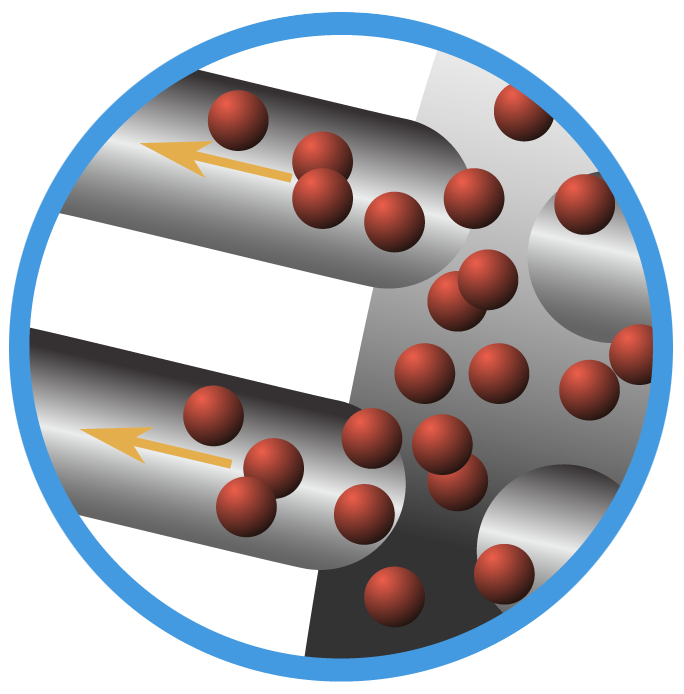 Approximately 66% of all people experience tooth sensitivity to some degree. For most it is very mild but for others it can be more intense. When the pores of the tooth are open due to the whitening process the tooth loses essential minerals and hydration. Tooth dehydration is the reason for the sensitivity. Tooth sensitivity will persist until the tooth rehydrates which can take as little as little as 2 hours and as long as 48 hours. By using Smile Brilliants Desensitizing Gel for 5-15 minutes after each whitening application you can quickly rehydrate the tooth and close off the exposed pores thus preventing or at least reducing sensitivity. A secondary benefit to the desensitizing gel is it helps deflect new stains while the pores in the teeth are open. When the pores are open it easily allows colored substances to seep in and re-stain the tooth.
Approximately 66% of all people experience tooth sensitivity to some degree. For most it is very mild but for others it can be more intense. When the pores of the tooth are open due to the whitening process the tooth loses essential minerals and hydration. Tooth dehydration is the reason for the sensitivity. Tooth sensitivity will persist until the tooth rehydrates which can take as little as little as 2 hours and as long as 48 hours. By using Smile Brilliants Desensitizing Gel for 5-15 minutes after each whitening application you can quickly rehydrate the tooth and close off the exposed pores thus preventing or at least reducing sensitivity. A secondary benefit to the desensitizing gel is it helps deflect new stains while the pores in the teeth are open. When the pores are open it easily allows colored substances to seep in and re-stain the tooth.
Number of Tooth Whitening Applications Required
The number of applications vary based on the severity of the stains and the concentration of peroxide being used. Generally speaking age is a good gauge but you should also take into consideration dietary habits, oral hygiene habits, tobacco use, and special conditions such as dental fluorosis and tetracycline stains.
Ages 14-25 |
Ages 26-40 |
Ages 41+ |
|
3 gel syringes |
4-6 gel syringes |
7-9 gel syringes |
|
3-9 applications |
7-14 applications |
41+ applications |
Expectations:
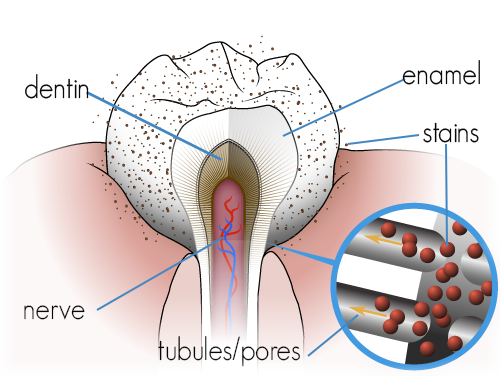 The natural color of a tooth resides in the dentin which lies below the enamel. Enamel is a clear hard protective coating. Dentin is a soft bone like tissue. The natural color of ones dentin varies per person: most have off-white, greyish or yellowish coloring to their dentin. Very few have naturally bright white dentin. Whatever the natural color of your dentin is, is how your teeth will appear when all stains have been lifted from your teeth.
The natural color of a tooth resides in the dentin which lies below the enamel. Enamel is a clear hard protective coating. Dentin is a soft bone like tissue. The natural color of ones dentin varies per person: most have off-white, greyish or yellowish coloring to their dentin. Very few have naturally bright white dentin. Whatever the natural color of your dentin is, is how your teeth will appear when all stains have been lifted from your teeth.
NO dentist or teeth whitening brand can guarantee a bright white smile including Smile Brilliant. The best we can do is guarantee is a stain free smile.



